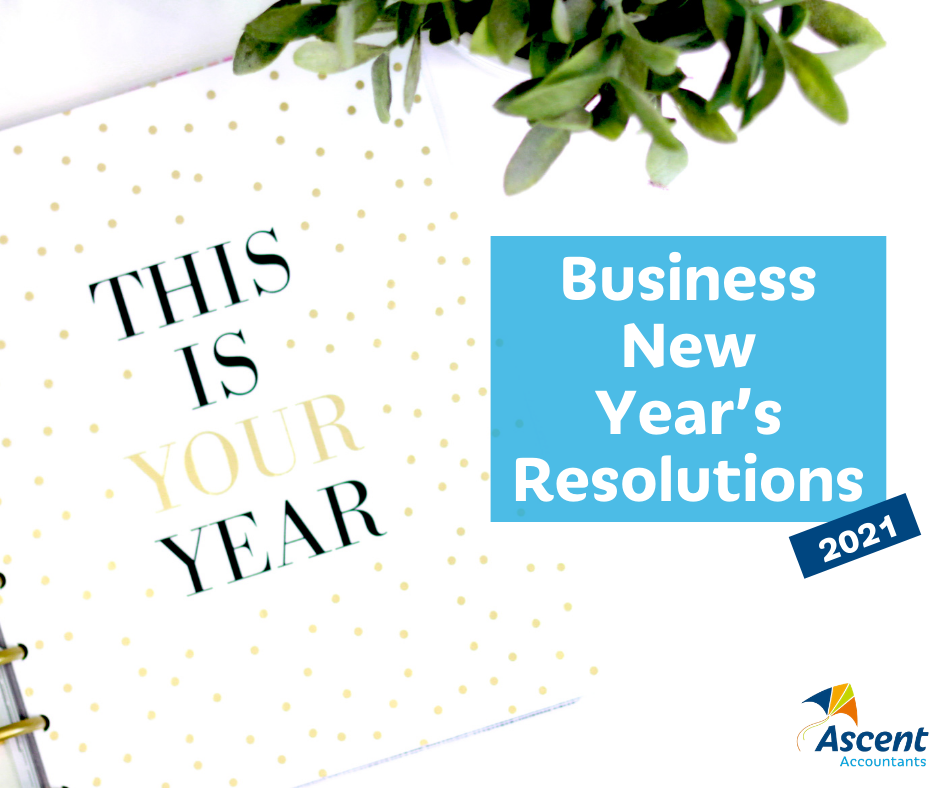Business New Year’s Resolutions 2021

Focus on customer service
If 2020 has taught us anything, it’s that customer loyalty and care can really help carry you and your business through a tough time. So heading into the new year, try really focusing on customer service.
Even if your customer service is already great, it’s always something well worth continuing to find ways to improve. Investing in new customers has been proven to be far more expensive than retaining existing ones, so make 2021 the year you put your energy into the people who keep your small business’s doors open!
Boost Your Marketing Efforts
Every year brings new marketing trends that you should be aware of for your business. If you’re not keeping up to date with these trends and adjusting your marketing strategy accordingly, you’re really not doing your business any favours. Getting your name out there and keeping your name out there takes time and a well thought out strategy. Depending on the type of small business you run, there are so many rapidly changing venues for you to be promoting yourself.
A good place to start is to review what your business did in 2020 to see what worked and what didn’t. Looking back is often just as effective as looking forward. That being said, be prepared to make adjustments depending on what worked and/or didn’t work for your small business this year, and also be prepared to try something new! Really build your business strategy and presence going into the new year.
Focus on productivity
It’s the wish of all small business owners; to have more time in a day. While there is no magic way to make time any slower or longer, finding ways to increase your small business’s productivity can help with this.
To make your small business more productive, this does not necessarily mean you need to work faster or simply work longer hours. With the right tools and know how, you’d be surprised about how much work can be either automated or outsourced.
So many mundane and time consuming tasks can be managed in better ways, which can easily help free up your time for bigger and more important things.
Delegate
As a small business owner, it can be hard to let go, and you feel like you need to do everything yourself. So making one of your 2021 small business resolutions to delegate more can make a massive and positive difference to you personally, and to your business as a whole in 2021.
Hiring more staff, outsource or simply delegating tasks to existing staff are simple and easy things that can make a massive difference your small business. What tasks of yours take the most time? What tasks do you hate doing? What tasks do you find overwhelming or stressful? So many of these things can be done by other staff members or outsources to free up your own time to work on more important things.
Budget
Use the new year as an excuse to look over your budget and spending in your small business from the last 12 months. Budgeting doesn’t have to be boring and stressful, and it doesn’t mean having to cut down on the good stuff. Budgeting is one of those things that is more effective when you work smarter rather than harder.
Finance isn’t every small business owner’s cup of tea. But it is also extremely important and can make a massive difference to your year going forward. This being said, delegation and a focus on productivity is also important, so finance is one of those things that you’d benefit from outsourcing.
We would love to help set up the new year for your small business for success, so please feel free to contact us about anything finance and budget related. Let’s nail 2021 together!
Need help with your accounting?








